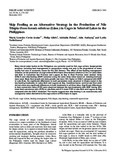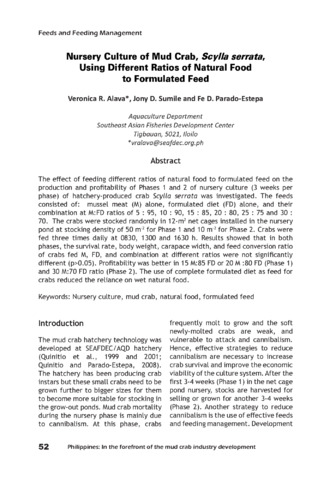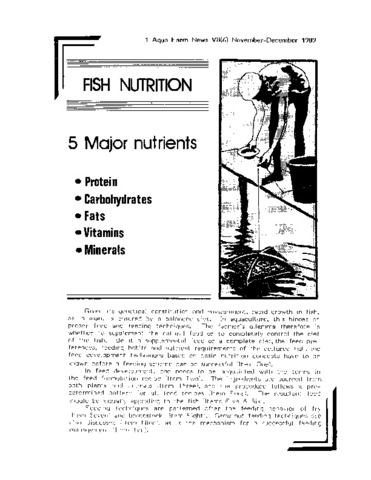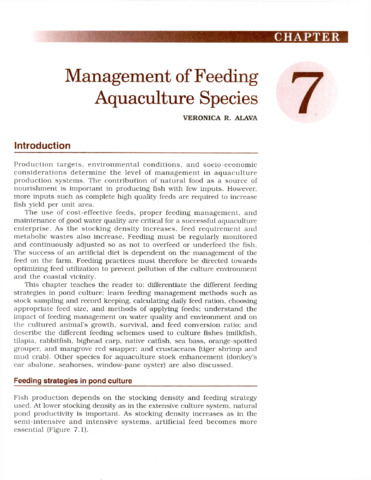Skip feeding as an alternative strategy in the production of Nile tilapia Oreochromis niloticus (Linn.) in cages in selected lakes in the Philippines
Share
抄録
Many inland water bodies in the Philippines are currently used for fish cage culture. Inappropriate practices including feed management in aquaculture results not only in the degradation of water quality but also in economic losses for the fish farmers. The effect of two feeding management schemes on the production of cage-cultured Nile tilapia Oreochromis niloticus (Linn.) in Lakes Bato and Buhi in Camarines Sur Province and Laguna de Bay in Rizal Province were studied. Daily (DAILY) and skip-feeding (SKIP) schemes using the same daily ration based on standing biomass were used. Mean final weight and daily growth rate were 18% higher in DAILY compared with SKIP in Lake Bato. No significant differences in both parameters were observed in tilapia reared in the two feeding treatments in Lakes Buhi and Laguna de Bay. Condition factor, survival and final yield did not show any significant differences in both treatments in all three lakes. Significant differences in feed conversion ratios (FCR) were observed between the two treatments with SKIP having 36% lower feed conversion ratio (FCR) in Lake Bato and 41% lower FCR in Lake Buhi and Laguna de Bay compared with the DAILY treatment. The results suggest that skip feeding is an economically and ecologically viable alternative to the cage culture of Nile tilapia in cages.
Suggested Citation
Cuvin-Aralar, M. L., Gibbs, P., Palma, A., Andayog, A., & Noblefranca, L. (2012). Skip feeding as an alternative strategy in the production of Nile tilapia Oreochromis niloticus (Linn.) in cages in selected lakes in the Philippines. Philippine Agricultural Scientist , 95(4), 378-385. http://hdl.handle.net/10862/1424
主題
Collections
- AQD Journal Articles [1214]
Related items
Showing items related by title, author, creator and subject.
-
Nursery culture of mud crab, Scylla serrata, using different ratios of natural food to formulated feed
Alava, Veronica R.; Sumile, Jony D.; Parado-Estepa, Fe D. (Aquaculture Department, Southeast Asian Fisheries Development Center, 2017)The effect of feeding different ratios of natural food to formulated feed on the production and profitability of Phases 1 and 2 of nursery culture (3 weeks per phase) of hatchery-produced crab Scylla serrata was investigated. ... -
Fish nutrition
Carreon-Lagoc, Julia; Southeast Asian Fisheries Development Center, Aquaculture Department (Aquaculture Department, Southeast Asian Fisheries Development Center, 1989) -
Management of feeding aquaculture species
Alava, Veronica R. (Aquaculture Department, Southeast Asian Fisheries Development Center, 2002)This chapter teaches the reader to: differentiate the different feeding strategies in pond culture; learn feeding management methods such as stock sampling and record keeping, calculating daily feed ration, choosing ...





